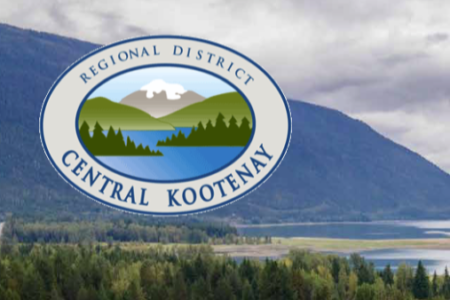OP/ED: MP speaks to cycle trails
Last week I cycled around the beautiful riding of South Okanagan-West Kootenay—436 km of rail trail and highway, 18 cafes and restaurants and lots of good conversations! While the talk over coffee and food was wide-ranging—from caribou to craft distilleries, health care to infrastructure, agriculture to electoral reform—the conversations along the trails were, not surprisingly, centred on the trails themselves and the benefits of cycling for health, the environment and the rural economy.
We are really blessed with some great cycle trails in this region, most of them along old railway beds that make the perfect grade—usually under 2 percent—for safe long-distance cycling. Around the world, trails such as these have become immensely popular with residents and visitors alike, and in many cases have revived the economic fortunes of small towns that have lost resource-based industries.
My trip began this year in Nakusp, which has a rail trail up the valley to Summit Lake then south down the shores of Slocan Lake to New Denver. At New Denver the trail climbs up Carpenter Creek into New Denver Canyon. There it faces some challenges with aging infrastructure along precipitous rock sections of the canyon. An ongoing project with the Kootenay Adaptive Sports Association and the Regional District of Central Kootenay is repairing one section while providing locals with job skills training. The rail trail from Slocan City to South Slocan is particularly scenic, following the beautiful Slocan River beneath spectacular mountains and remnant glaciers.
The trail from Castlegar to Christina Lake is part of the old Columbia and Western Railway grade. It has been in the news lately because of a proposal by the provincial government to change its designation from trail to road. This would legally allow it to be used as an industrial logging haul road. Trail proponents, particularly those in the cycling community, are concerned about this proposal as it goes against the original intent of the agreement between the Trans Canada Trail society and the province, when the Trail society donated the land to the province in 2004.
South of Christina Lake, the trail passes through the scenic Cascade falls section and then winds along the Kettle River to Grand Forks, a city that is in the process of branding itself as the “most bicycle friendly city in Canada”–and they have good reason to make that claim. Midway has embraced its central position in the world of rail trails, building a bunkhouse to accommodate cyclists using the trail. The Thompson Okanagan Tourism Association has put forward a plan to promote cycling on the KVR as one of the pillars of its plan to encourage tourism in the region. One of my cycling companions in that area organizes cycle tourism along the KVR trail and her business alone injects over $130,000 into the local economies of communities such as Midway, Rock Creek and Beaverdell.
In the Okanagan I cycled along the spectacular KVR rail trail from Naramata into Penticton, then along the KVR Southern Spur along the west shore of Skaha Lake to Okanagan Falls. Unfortunately, we had to divert to the highway there, since the trail lacks a bridge at the south end of Vaseux Lake. I’m working with various agencies to deal with that situation, which would involve various mitigation measures to reduce impacts through the natural habitats of the Vaseux Bighorn National Wildlife Area.
The NDP has a national cycling strategy that would provide policy and funding for cycling infrastructure in cities and rural areas, encouraging Canadians to get out and enjoy this beautiful country. More cycling—whether to work or for pleasure—makes for healthier citizens and a healthier environment.

























Comments